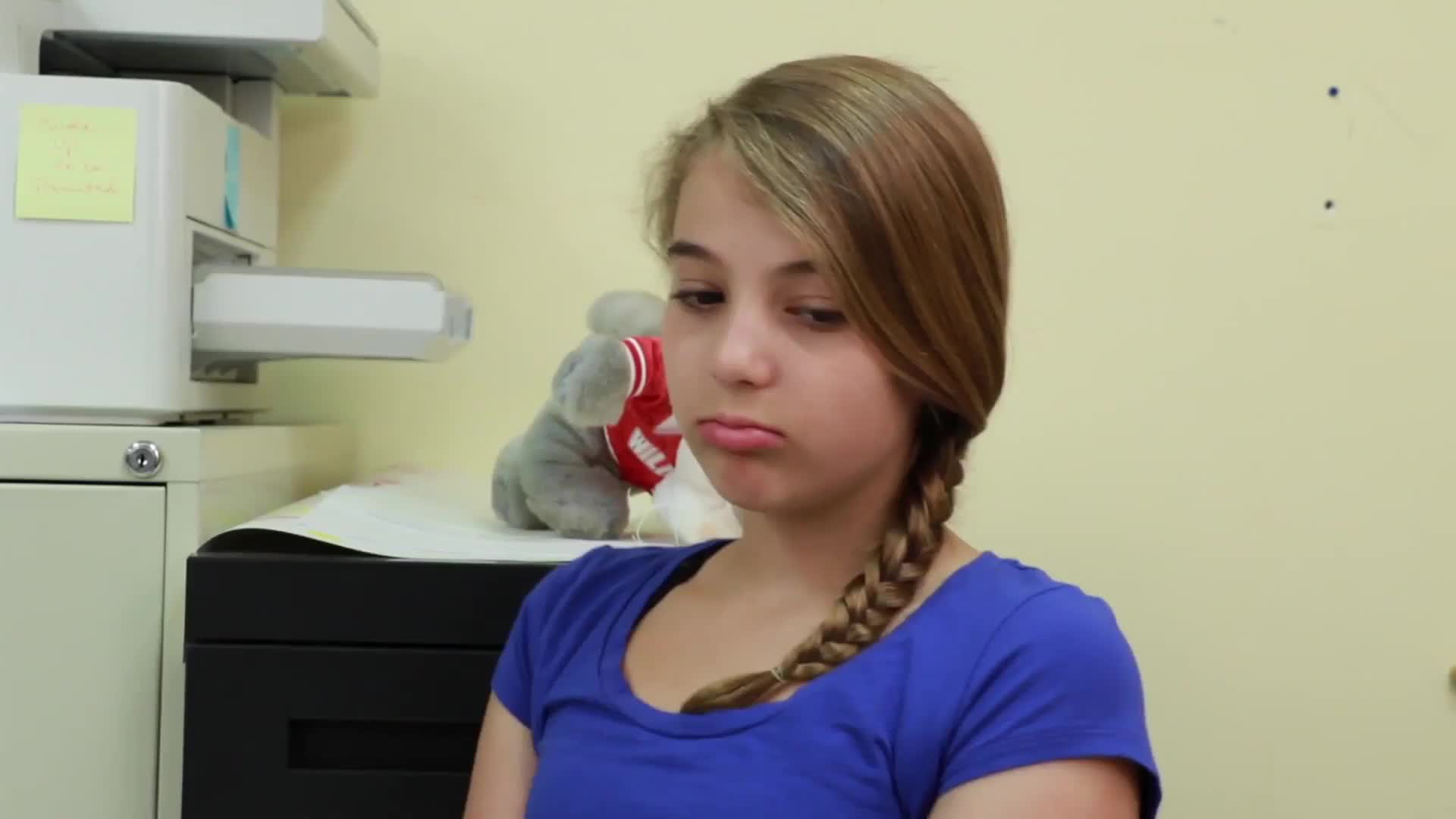Introducing Emotions Bingo, a captivating and enjoyable game that helps children learn to recognize and understand various emotions. In this blog post, we’ll explore an activity that requires no preparation, discussion questions to stimulate further conversation, related skills, and next steps for educators working with elementary students. Let’s dive in!
Introduction
Emotions Bingo is a simple yet effective way to teach elementary students about different emotions and how to identify them in others. By engaging students in a fun, interactive activity, they can develop their social-emotional skills and become more empathetic towards their peers. This game not only helps students recognize emotions but also encourages them to express their own feelings in a healthy manner.
No-Prep Activity
To play Emotions Bingo, first, create a bingo board for each student with various emotions listed in the squares. Some examples include happy, sad, angry, calm, and excited. Then, show the students a video or series of images portraying people displaying different emotions. Students must guess the emotion shown and mark it on their bingo board. The first student to get four emotions in a row (horizontally, vertically, or diagonally) wins the game.
Remember to pause the video or discussion periodically to allow students to share their thoughts on how the characters are feeling. This encourages open communication and fosters a deeper understanding of emotions.
Discussion Questions
- How did you feel when you recognized an emotion on your bingo board? Did it make the game more enjoyable?
- Can you think of a time when you experienced one of the emotions on your bingo board? How did you handle it?
- Why is it important to understand and recognize emotions in ourselves and others?
- How can we support our friends or classmates when they are experiencing different emotions?
- What strategies can we use to manage our own emotions in challenging situations?
Related Skills
Besides recognizing and understanding emotions, there are other essential social-emotional skills that students can develop. These include:
- Active listening: Paying attention to others and showing empathy during conversations.
- Effective communication: Expressing thoughts and feelings clearly while respecting others’ opinions.
- Problem-solving: Identifying and resolving conflicts in a constructive manner.
- Self-awareness: Recognizing one’s own emotions, strengths, and weaknesses.
Next Steps
Emotions Bingo is just one of many engaging activities that can help elementary students develop essential social-emotional skills. To access more resources and sample materials, sign up for free at Everyday Speech. By incorporating these activities into your classroom, you can create a supportive learning environment that fosters emotional growth and understanding.






